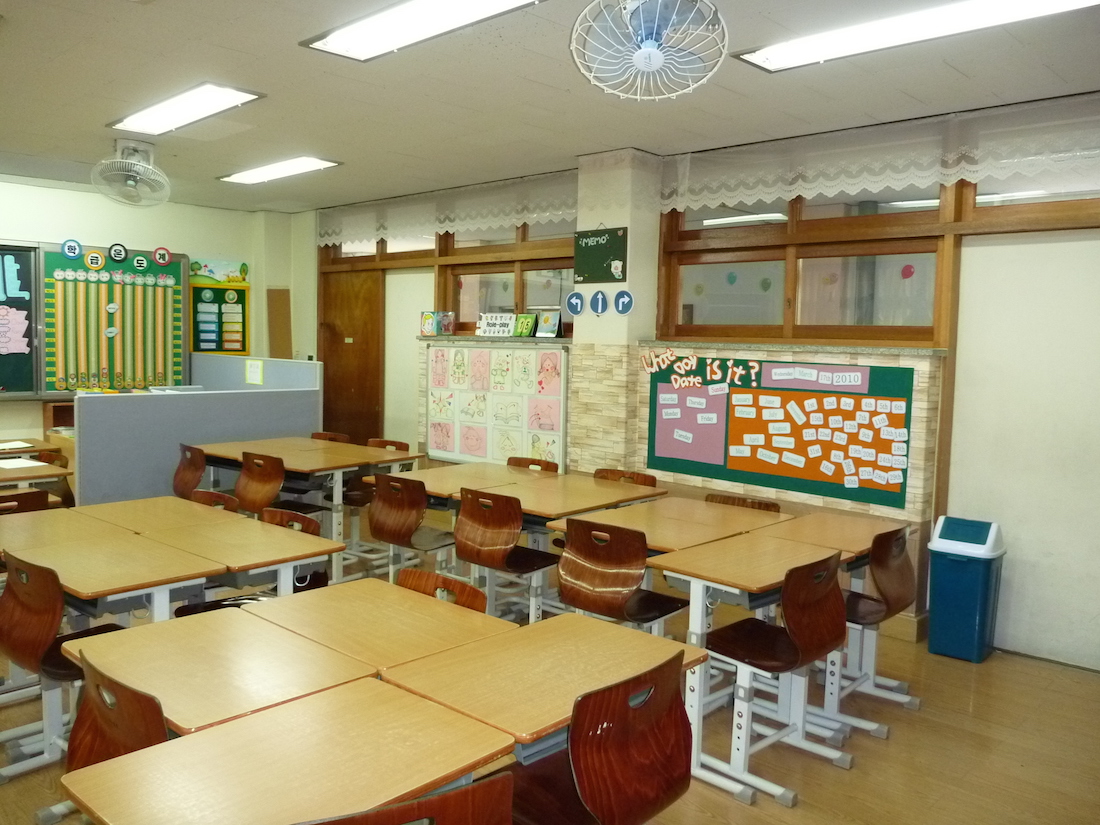By Phoebe Tollefson
The 2015 reincarnation of a contentious bill that came out last spring, which would shift money away from wealthier school districts and move it into poorer ones, has entered the Springfield pipeline, but opposition and confusion about financial impact means the next steps will be slow.
Senate Bill 1 amends the state education funding formula with the aim of providing more money to districts with low-income, special education and English language learning students. Supporters of the legislation say it’s needed to address major district-by-district educational inequalities in Illinois.
Sen. Andy Manar, D-48th, the sponsor of both school funding bills, represents Bunker Hill Community Unit School District 8 in southern Illinois, a small district in a rural area that would gain money under SB 1.
“I think we’re a state; we’re not individuals,” said Bunker Hill Superintendent Victor Buehler. “And the state has a responsibility to provide education to all students at an equal level.”
The Illinois State Board of Education said it has not yet begun to calculate how the bill would impact funding across districts and does not have a timeline for when projections will be ready.
While still in the early stages of the legislative process, the bill could face strong opposition from members of wealthier districts. Last spring’s Senate Bill 16, the 2014 school funding bill, would have cost wealthy districts more than this year’s SB 1 likely will.
Last year’s bill passed out of the Senate but was never brought to a vote in the House.
Steve Brown, spokesman for Speaker of the House Michael Madigan, said a lack of consensus in the House Democratic caucus was to blame and that budget concerns this year could limit the bill’s chance of passing.
“This year you may have an even more desperate budget situation overall, which can cloud the debate,” Brown said. “I don’t know whether they’ve changed it enough to balance out winners and losers. That’ll have an effect.”
While language for the bill has not been finalized, Manar wants it to include a provision for additional education funding, which Governor Bruce Rauner said he would support in his State of the State address on Feb. 4. Much of the bill’s fate rests on how much Manar and the bill’s architects have watered down last year’s version to ease the losses in wealthier districts.
Sen. Julie Morrison, D-29th, of Deerfield, said she has not yet looked at this year’s bill but was firmly opposed to SB16 from last year.
“It’s obviously something I can’t support if it would affect property taxes,” Morrison said.
Cuts in state funding for wealthier school districts would put pressure on those municipalities to make up for the money by passing a local property tax increase.
Megan Hewitt, spokeswoman for Downers Grove Grade School District 58, which would likely see a cut in funding under SB1, said there is little appetite for such a measure in her city.
“We can’t raise property taxes without passing a referendum, and District 58 hasn’t passed a referendum successfully since the 1960s,” Hewitt said. “We believe it would be very difficult to try to pass another one.”
David Mayrowetz, associate professor of educational studies at University of Illinois at Chicago, cited a study on school funding in the 50 states that identified Illinois as having the sixth most regressive distribution of education funds.
“Most of the money that’s raised and spent on education comes from local property taxes,” Mayrowetz said. “The relatively high reliance on local property taxes in Illinois is the main driver for inequality.”

